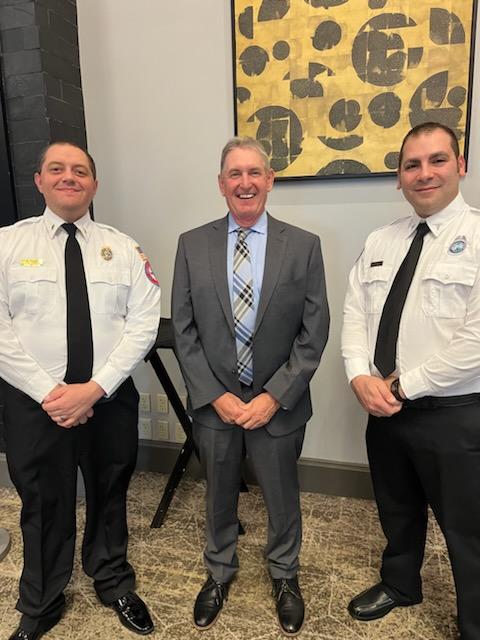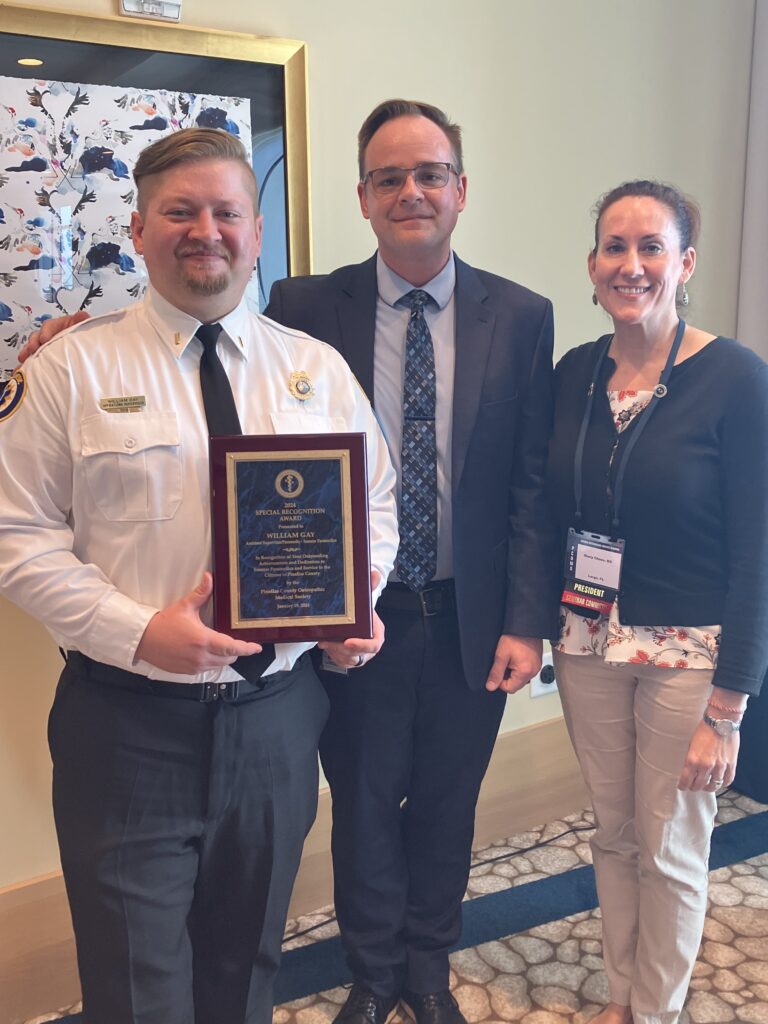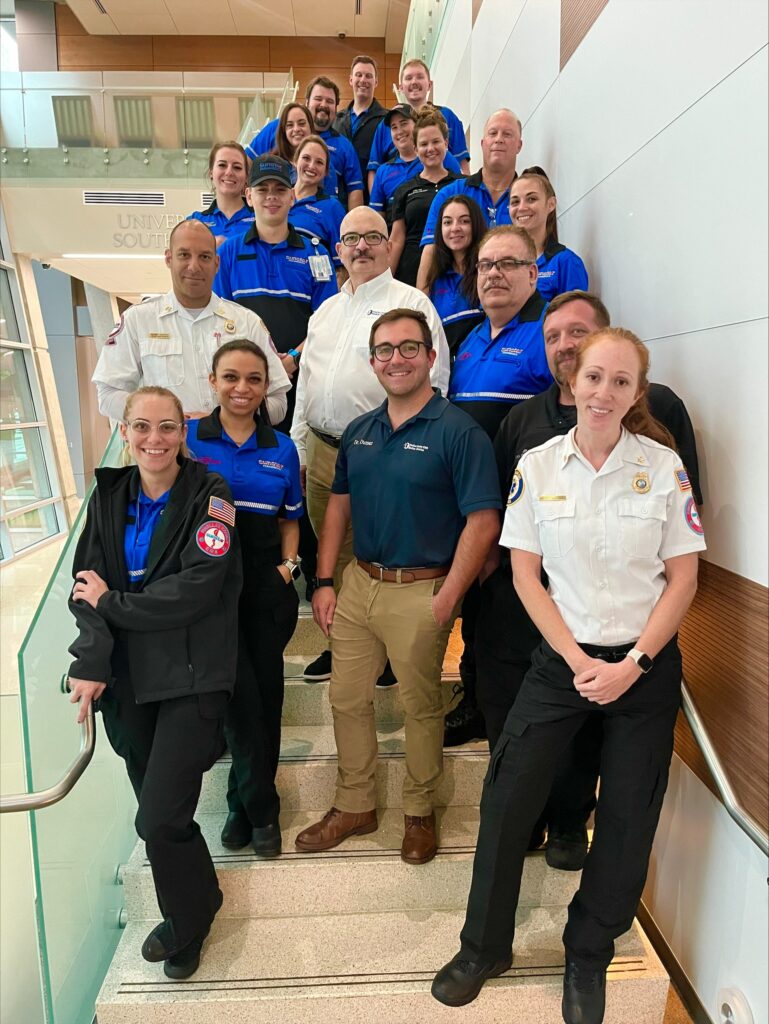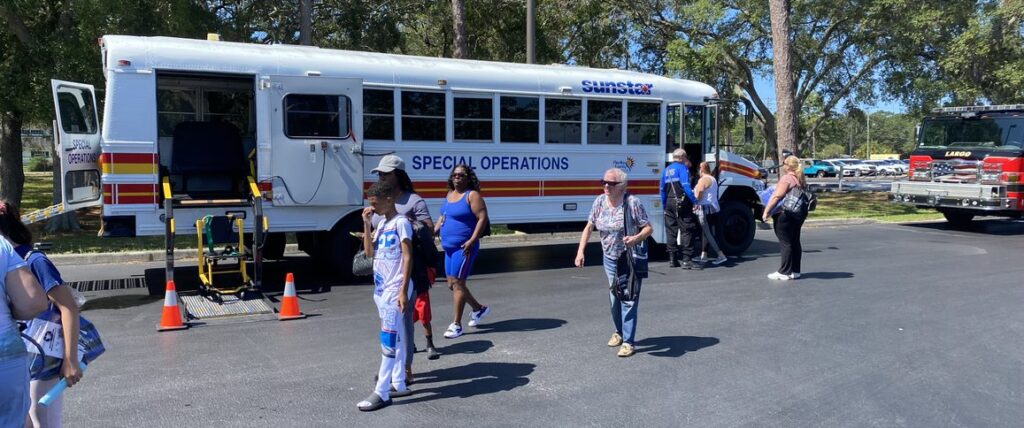EMTs and paramedics are taught how to treat injuries and respond to medical emergencies, and many are actively involved in their community to raise awareness about injury prevention. Yet thousands of EMS workers are injured on the job every year.
An estimated 10 percent of EMS employees miss work on any given day due to an injury sustained on the job. The daily routine of an EMT or paramedic – lifting stretchers, kneeling next to patients and CPR compressions – involves repetitive motions that can be damaging to the body, especially the back, knees, shoulders or neck. The leading cause of EMS injuries, lifting a patient, is a critical component of the job.
When an EMT or paramedic lifts an object heavier than 50 pounds, he puts tremendous stress on his joints and can begin to cause muscle damage. Unfortunately for EMTs and paramedics, many transports require lifting a patient that weighs much more than 50 pounds and often need to be lifted directly from the ground.
The physical demands of the job won’t change, however, EMS providers are finding ways to prevent on-the-job injuries.
Sunstar Paramedics in Pinellas County, Florida is teaching methods and techniques to its EMTs and paramedics to help them prepare for physically-demanding tasks and prevent injuries. The Fit Responder program changed the way Sunstar employees lift and move patients and how they think about preparing for their shift.
Any EMS provider can reduce employee injuries by selecting and implementing programs to help EMTs, paramedics and other in-the-field employees learn how to prepare for their physically demanding jobs and use techniques that create less stress on their bodies.
Selecting an injury prevention program
Injury prevention programs vary widely in how the program is approached. Each EMS organization should identify its needs, and select an injury prevention program that addresses its goals.
“Sunstar Paramedics has a strong training program that teaches our employees the fundamentals of lifting stretchers and moving patients. As we analyzed our internal programs, we realized that a more advanced biomechanics program could improve employee safety,” said John Peterson, Sunstar Paramedics’ chief administrative officer.
Shortly after this realization, Sunstar’s management team attended a conference presentation by Fit Responder creator Bryan Fass, and they started researching his techniques and methods to see if the program might be a fit for Sunstar Paramedics.
Fass conducts scientific testing to ensure that his teachings use the muscles correctly and address the needs of EMTs and paramedics. His methods for moving, lifting and stretching fit the type of advanced biomechanics that Sunstar Paramedics’ employees needed, yet the methods were simple enough that they would not require advanced flexibility or fitness levels.
The next step is deciding if the investment and benefits align. EMS providers should consider the potential cost savings when evaluating the injury prevention programs.
“We looked at the program costs and weighed it against what we were paying in workers’ compensation, plus paying staff overtime or hiring new employees to cover missed shifts,” said Peterson. “In the end, we decided that the Fit Responder program would be beneficial in the long-run and we would see a strong return-on-investment.”
Implementing the Program
The Fit Responder program teaches lifting and movement techniques, as well as stretches and exercises, to reduce injuries.
Lifting patients is the most dangerous activity for EMTs and paramedics, and Fit Responder teaches lifting techniques that can prevent muscle strains. One example of a lifting technique is the “linebacker” position, where an employee has his legs shoulder-width apart, and is lifting with his head up and shoulders pulled back.
“One of the best ways to avoid injury is by keeping the spine and neck straight,” said Fass. “The ‘linebacker’ stance automatically puts your body in that position, and allows you to focus on the patients while still keeping your body safe.”
To avoid lifting patients, Fass showed new and creative ways to use MegaMovers in order to slide patients while still maintaining patient safety. Sunstar already had MegaMovers in stock, so there were minimal overhead costs with implementing the changes.
The movement techniques help reduce back strain injuries in the field.
The third component of the Fit Responder program is stretching. Many muscle strains occur when the muscles aren’t properly warmed-up before strenuous activity. Employees can prevent injuries by doing simple stretches before, during and after each shift.
Two keys to the stretches: they’re easy to learn and can be done anywhere, including inside the ambulance. In addition, tennis balls and foam rollers are used to help muscles heal by massaging painful knots that can form in muscle tissue, which often lead to pain and, eventually, injury.
To help employees remember to stretch before and after each shift, Sunstar Paramedics set up stretching areas with instructional posters, tennis balls and foam rollers at its headquarters and two hub locations. Similar stretching areas were set up inside employee break areas in Hospital Corporation of America hospitals to facilitate stretching during shifts. Each employee carries a tennis ball in their bag to promote muscle healing throughout the day.
Employee Adoption
Initially, employees may be hesitant to change. They’ve been doing their job in a certain way, and it can take time for employees to embrace new techniques.
EMS providers should create a plan for helping employees adopt an injury prevention program. For Sunstar Paramedics, the shift supervisors and field training officers were key in implementing the program.
Fass taught a four-day “Train the Trainer” course to familiarize Sunstar Paramedics’ supervisors and field training officers with the new lifting techniques, stretches and exercises. The course equipped the trainers with the knowledge to teach their team how to implement the new procedures, answer questions about techniques, and serve as program ambassadors who are excited about the changes.
When it was time to introduce the program to all of Sunstar Paramedics’ employees, the supervisors and field training officers assisted Fass in teaching the techniques and stretches. Fass presented the program overview and employees split into groups to learn the types of lifts, such as moving a patient from bed to bed or down stairs without lifting.
“We are seeing more and more employees adopt the new techniques every week,” said Josh Hoover, employee support and development coordinator at Sunstar Paramedics. “I think the employees who are still hesitant will see the benefits that their co-workers are getting from the program, and embrace the changes.”
In addition, Sunstar Paramedics modified new hire orientation trainings to incorporate the Fit Responder program into its orientation sessions to teach the stretches and techniques to newly hired EMTs and paramedics.
Evaluation
While the overall goal of any injury prevention program is increased employee safety, each EMS provider will have different objectives for measuring the effectiveness of an employee prevention program.
Sunstar Paramedics set a goal to decrease employee injuries by 20 percent by January 2016 (nine months after launching the Fit Responder program), and they’re on track to meet or exceed the goal.
To help meet that goal, Sunstar Paramedics set 100 percent employee adoption as an objective. Use of the new techniques was added to employee evaluation sheets, and supervisors offer guidance on proper techniques throughout shifts.
“We understand that everyone won’t immediately adopt the preferred lifting technique or always remember to stretch,” said Peterson. “But with the help of our supervisors and field training officers, we can encourage the lessons from the Fit Responder program and continue towards company-wide implementation.”
This column originally appeared in the November issue of EMS World. To view the original column, please click here.



